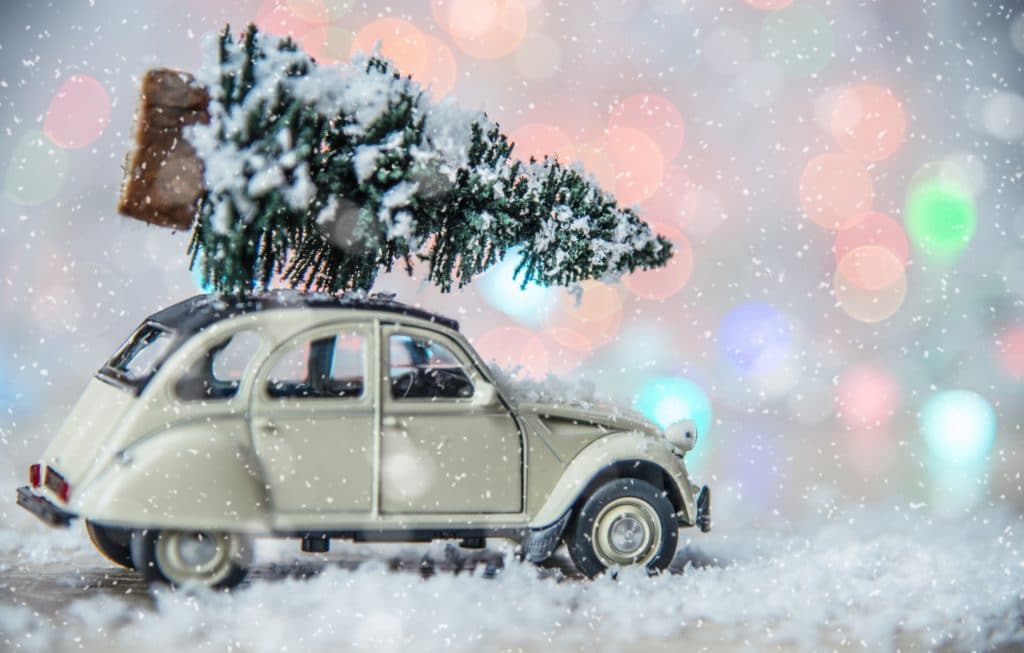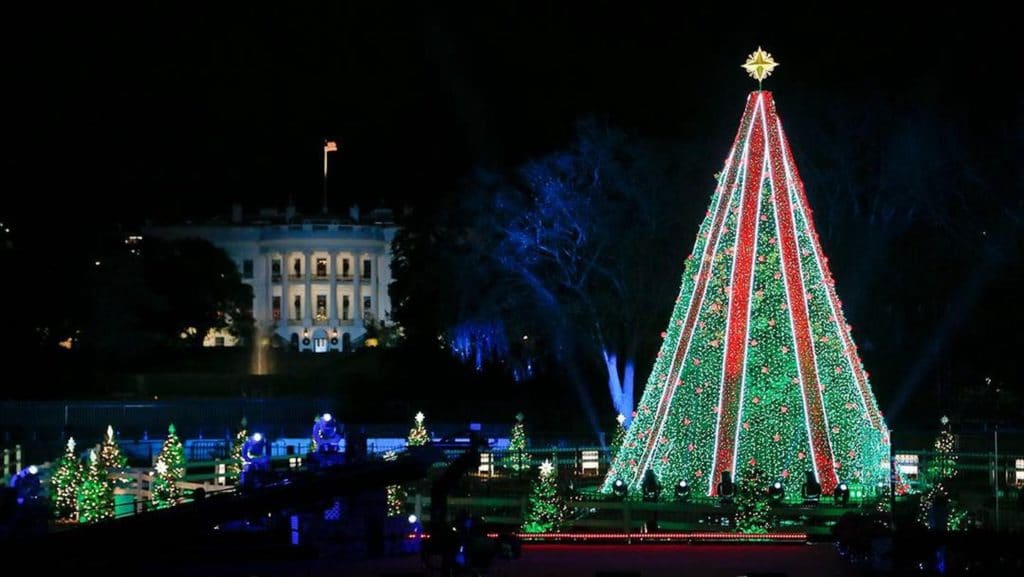Drive through just about any neighborhood during the holiday season and you’re sure to see a multitude of indoor and outdoor Christmas trees with festive lights and decorations galore. And while the Christmas tree has been one of the best-known holiday season symbols for centuries, chances are there’s still plenty you don’t know about them.
Here are seven fun facts about Christmas trees that you can dazzle your friends and family with, any time of year.

- Although associated with Christmas (understandably), Christmas trees have Pagan roots. Ancient Romans and Egyptians, for example, would adorn their homes with trees during the winter months. The practice spread into and throughout Europe and became a ritual for the winter solstice. In the 16th century, folks in Germanic countries began making the decorated tree a part of their Christmas tradition.
- Logger Mark Carr is credited with inspiring the eventual creation of Christmas tree lots. In 1851, and upon learning that city dwellers would travel to the country for a Christmas tree, he grabbed a few dozen trees and traveled from the Catskills to New York City to sell his evergreen wares. The trees sold out in just a day and, just like that, the modern day tree lot was born.
- While the top American producers of Christmas trees are Oregon, North Carolina, and Michigan, Christmas trees are grown in all 50 states, including Hawaii and Arizona.

- The first National Christmas Tree, a balsam fir, was put on display in Washington, D.C. in November 1923. In 1954, smaller trees were added to the surrounding “Pathway of Peace” to represent all U.S. states and territories.
- New York’s Rockefeller Center first displayed a Christmas tree in 1931. At the time, the area was under construction, and workers pitched in to purchase and decorate a 20-foot fir. The tradition continues to this day, and the Rockefeller tree is now arguably the most famous tree in the world.
- In 2016, the average purchase price of a Christmas tree was $74.50, more than double the average cost in 2008.
- Ever wonder what happens to your Christmas tree after you place it curbside or drop it at a collection location after the holidays? Many towns either turn trees into mulch for playgrounds and parks or use them for weed abatement and erosion prevention.
And now you know, courtesy of your friends at Optimum Air. Call us anytime for your home heating, cooling, and indoor air quality needs.